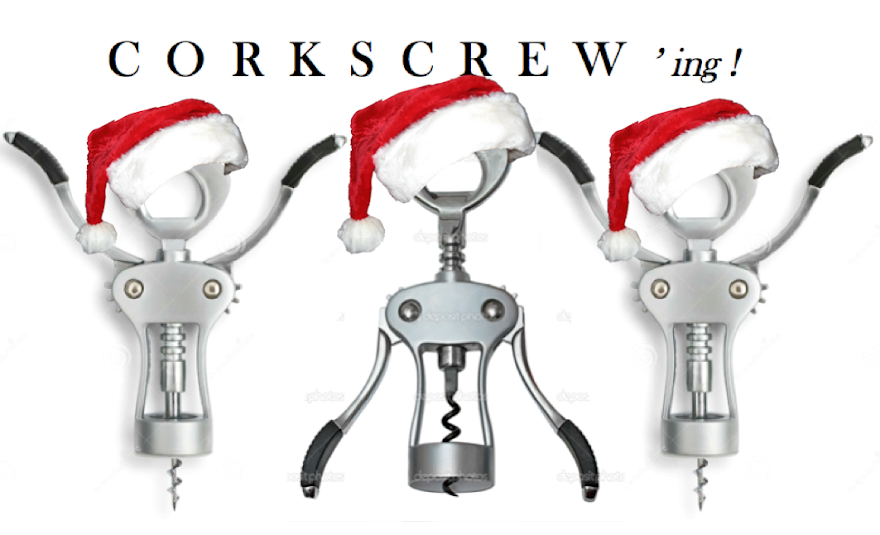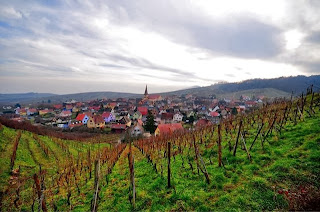Pairing food and wine : how to succeed ?
When you organize a meal, the more difficult is the choice
of the wine which corresponds with the dish.
Meat? Red? Yes, but a bordeaux?
Fish? White? Yes but côte du rhone? alsace? bandol?
Here are a few explanations which will facilitate the choice
of your wine for your an exceptional meal with your friends.
The aromas of the wine and the flavors of a dish are
different.
In the wine found the notions of sugar, acid, fruit, tannin
and alcohol.
In the foods we find the concepts of fat element, acid,
salt, sugar and bitterness.
The success of a pairing food and wine is the wealth, the
complementarity and the textures of the elements of wine and food.
Now that you are better in the wine and the tasting, you can
follow the following items for a perfect pairing food and wine:
5 element to know to pairing food and wine:
Here are some element that we found in our food which must
be in agreement with the wine to have a good meal:
Fat element
Many of our favorite foods contain fat elements like dairy
products and meat. The wine fat element free, but for having a perfect pairing,
it must know that the acidity accentuated the balance, the tannin cut the
sensation of fat elements and alcohol accentuates the wealth.
Example: a steak is very good with a cabernet franc: the
beef fills of proteins and fat element softens the wine in the mouth and dry
tannins.
Acidity
Acidity is an element in both the food and the wine. In the
wine, the acidity add a note of freshness. In this way, this freshness may be
added to the food. When you are looking for a wine to pairing with a dish, you
must ensure that the acidity of the wine is equal to the acidity of the food,
or the wine will bland.
Salt
Is not afraid to mix sweet wine with salt dish, you would be
surprised of the results : Bleu de Bresse with a Sauternes. Also the
sparkling wines with fried food.
Sweetness
For a dessert the sweet wine is the wine to select, but
attention there is a rule:
There are degrees of sweetness.
- For a salt dish with sweet sauce (fruit, cream etc. ), a
white wine such as chardonnay made the case. The alcohol in the wine white accentuate
the effect of softness.
- For a dessert, the taste of wine must be more sugar that
the dessert, otherwise the wine will lose its sweetness and be able become
bitter. A few example: dessert in dark chocolate, uses a sweet wine or late
harvest like Zinfandel. A dessert less bitter than the chocolate cake like
fruit cake, with a dry wine is very delicious.
Texture
For the texture, use a heavy wine with a heavy dish and
light wines with light dish. This is the best way to not deceive.
However, the most important rule of all, is to trust your
own palate, so enjoy!!!!!!!
Need help to started? Here are a few great pairing :
Red wine
Pork chops with a Pinot Noir
Rice salad with mushrooms with a Cabernet Franc
Fillet of duck breast with caramelized apples with a red
Burgundy
Lamb shanks with olives with a Beaujolais
Lamb with apricots with a St-Joseph
Moussaka and Agiorgitiko
Steak frites with a Zinfandel
Rosé
Tomato salad with a Bandol
Tuna and eggs with a Tavel
Bouillabaisse with a côte de Provence
White wine
Mussels provencal with a Sauvignon Blanc
Vietnamese dish with a Gewurztraminer
Roast Chicken with a Vouvray
Tomato Gazpacho with lavocado and lobster with a white
Bordeaux
Champagne and sparkling wine
Smoked salmon and caviar with blanc de blanc.
Liver paté with a Champagne rosé
Fillet of duck breast with Spaetzle, mushrooms, and spinach
puree with a great champagne.









